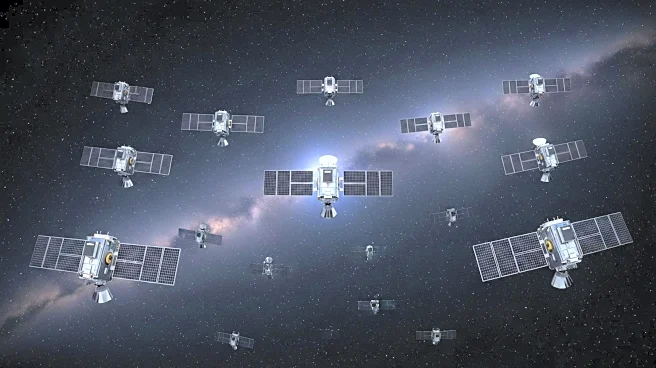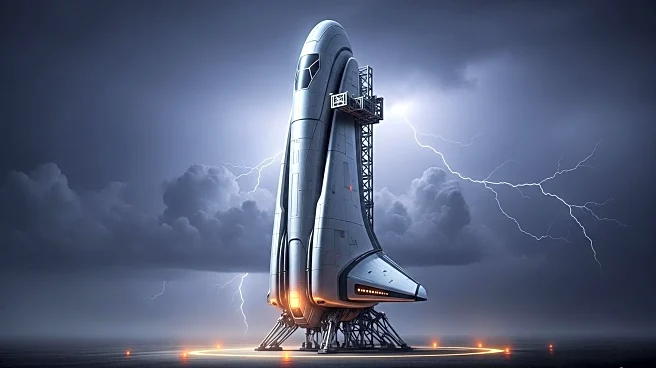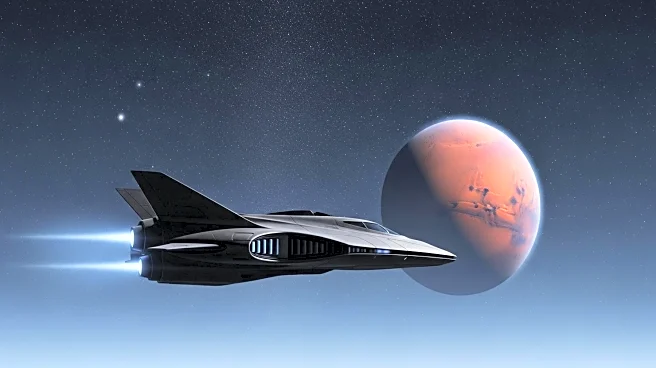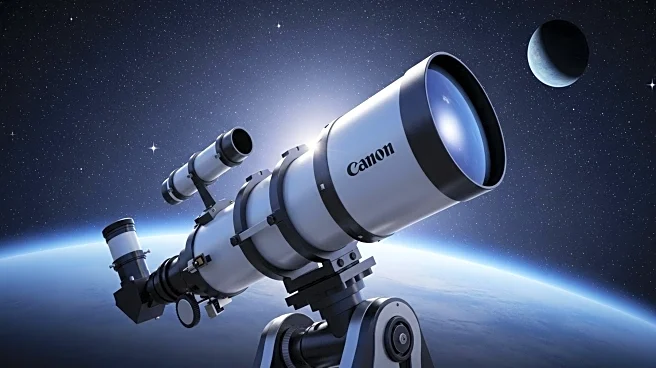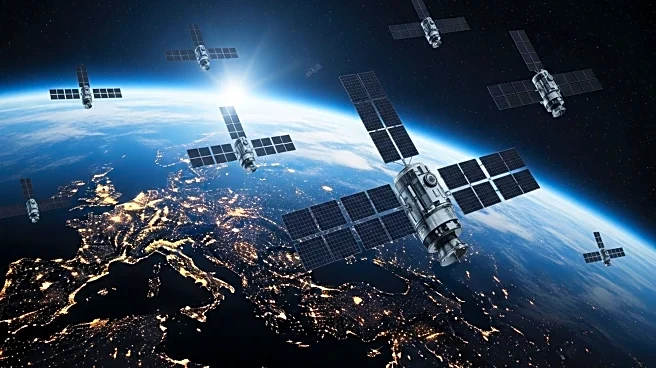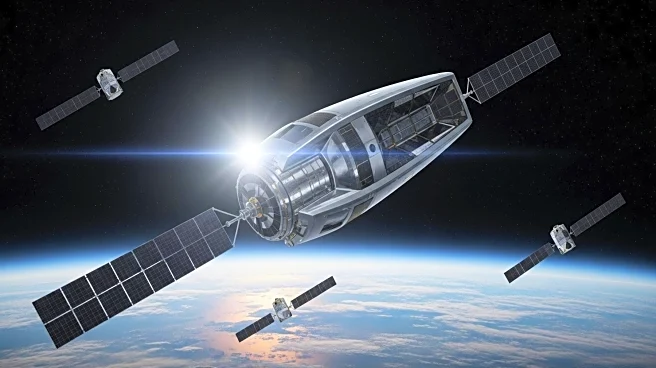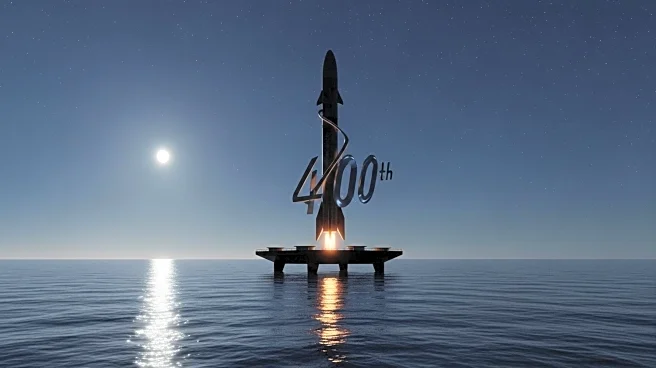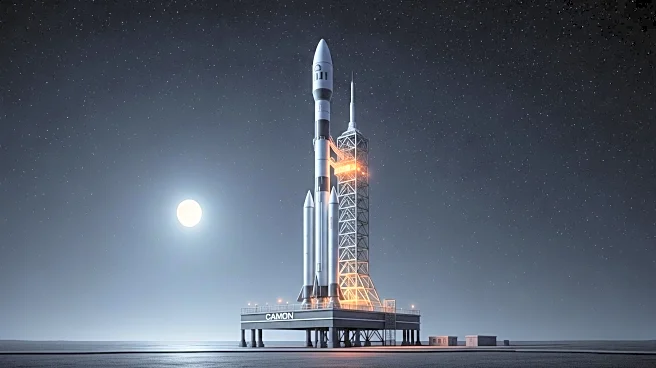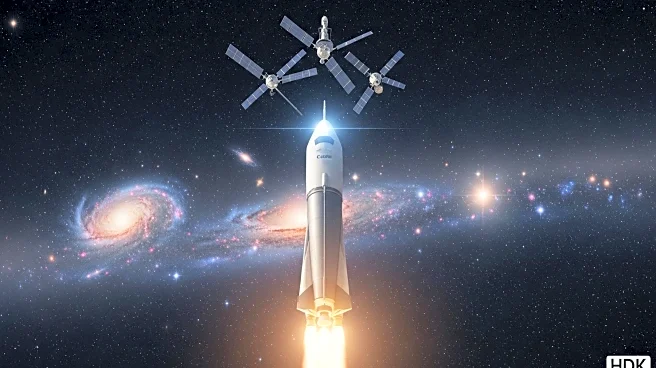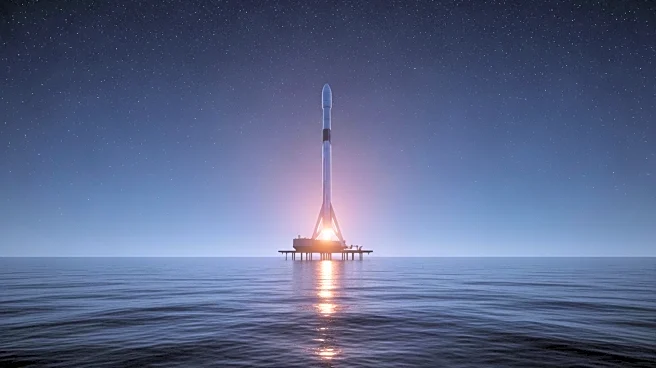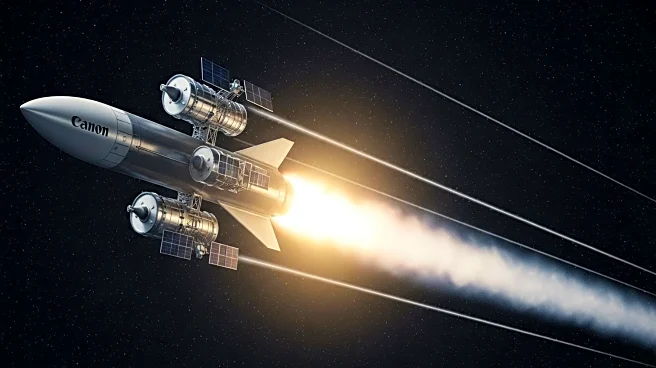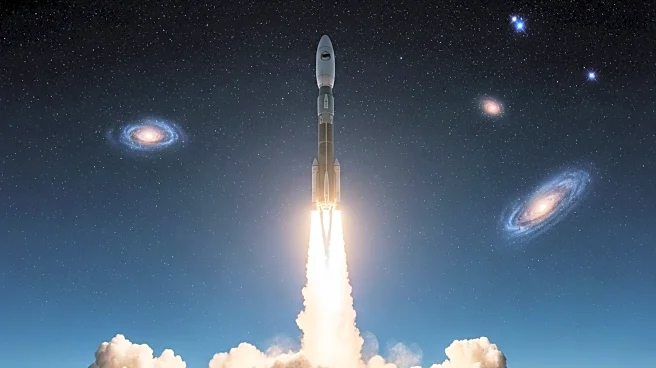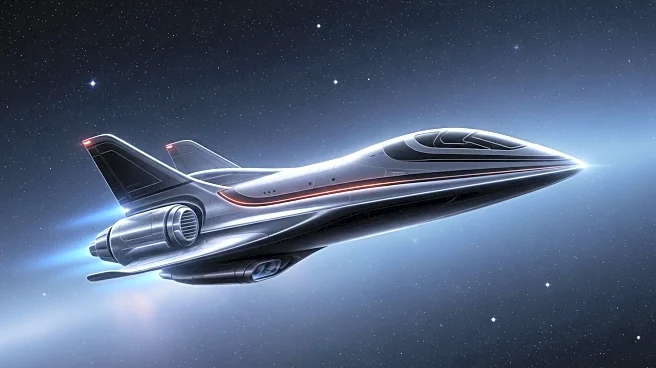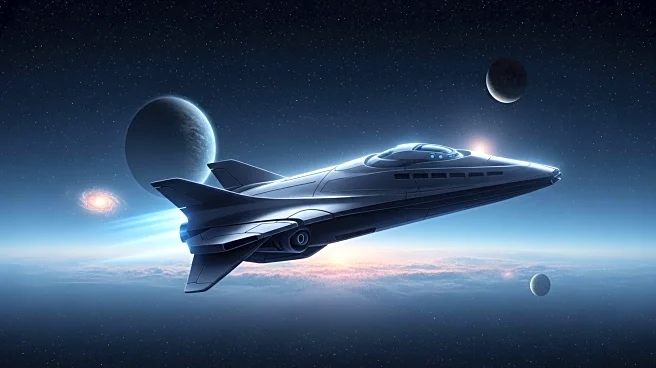What is the story about?
What's Happening?
The rapid increase in satellite launches, particularly by companies like SpaceX, is causing significant challenges for astronomers. A recent paper highlights that many satellite constellations exceed brightness limits recommended by the International Astronomical Union (IAU), affecting astronomical observations and stargazing. SpaceX's Starlink satellites, despite efforts to reduce their brightness, continue to pose concerns due to their large numbers and visibility. AST SpaceMobile's BlueWalker satellites are noted as the brightest, further exacerbating the issue.
Why It's Important?
The proliferation of satellites is impacting the ability of astronomers to conduct research and the public's enjoyment of the night sky. This situation underscores the need for regulations to balance technological advancements with environmental and scientific considerations. The IAU's guidelines aim to protect the night sky, but without enforceable regulations, the problem may worsen. The issue highlights the tension between commercial interests and the preservation of natural and scientific resources.
Beyond the Headlines
The debate over satellite brightness touches on broader themes of technological responsibility and environmental stewardship. As satellite technology becomes more accessible, companies must consider their impact on the environment and scientific research. The situation calls for international cooperation to establish standards that protect the night sky while allowing technological progress.
AI Generated Content
Do you find this article useful?
